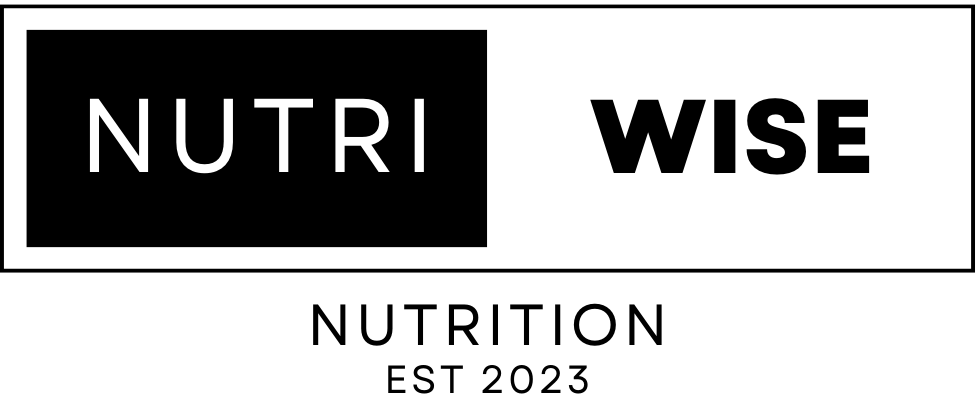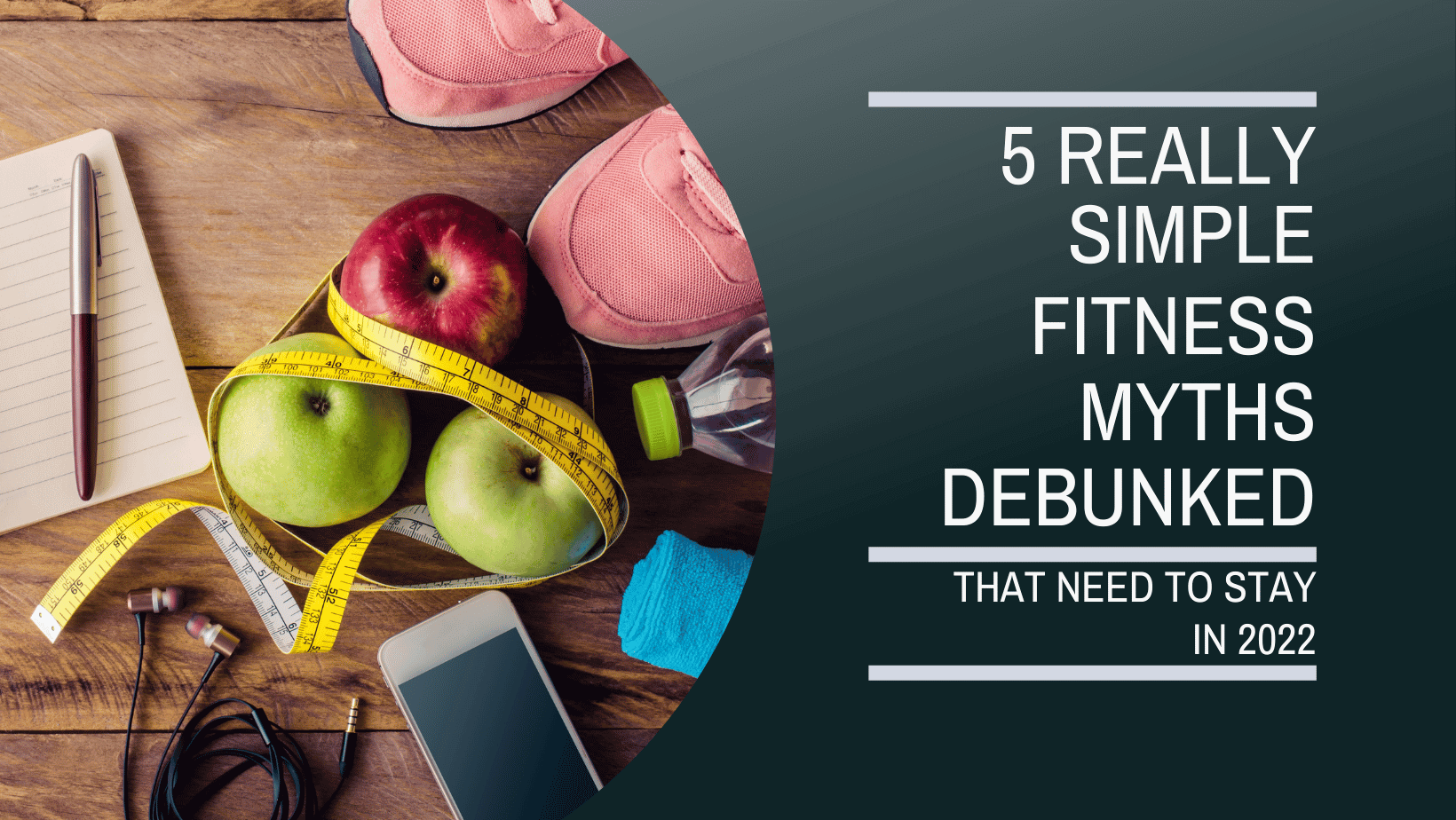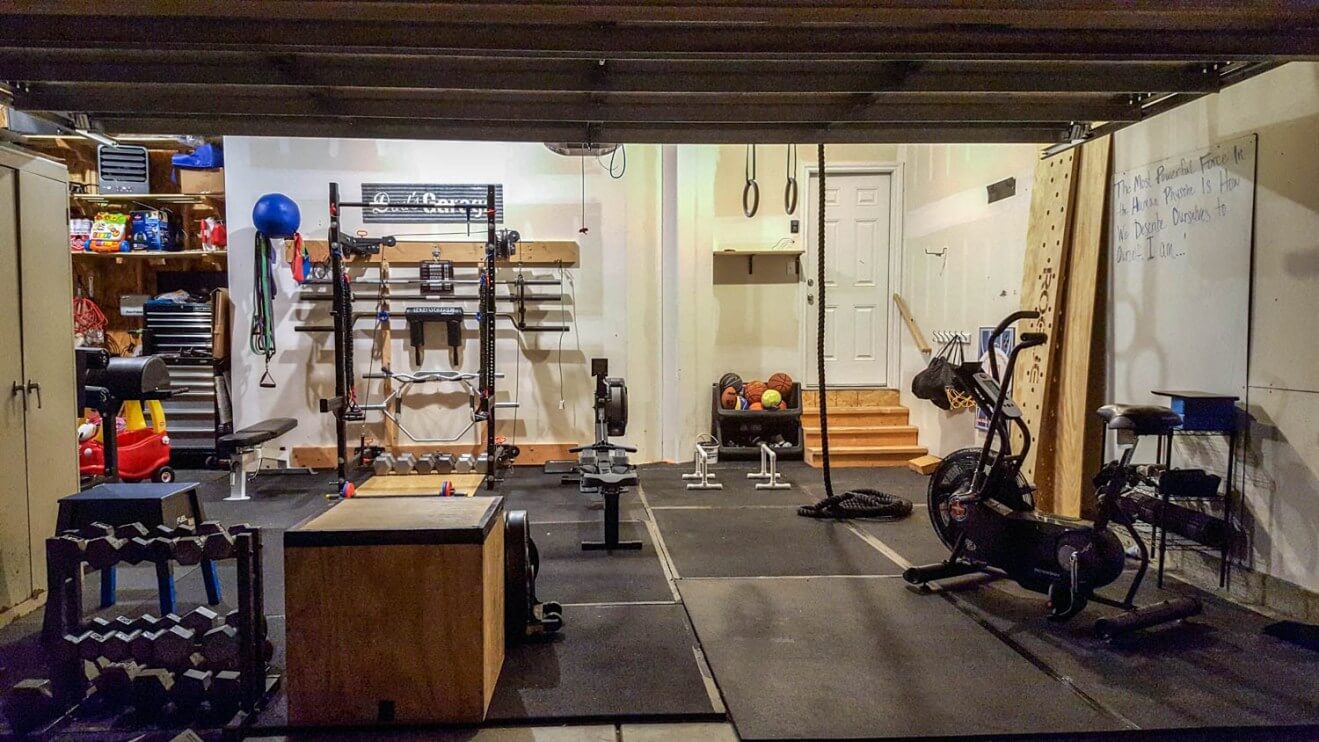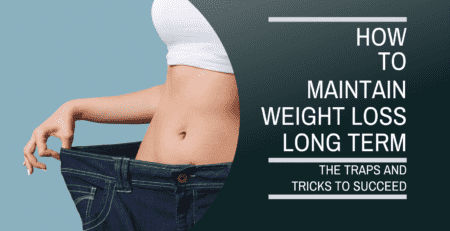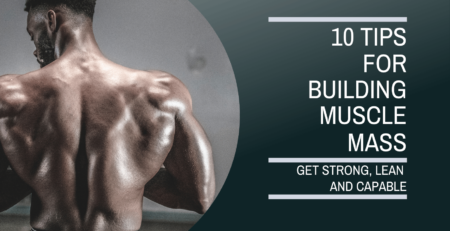5 Fitness Myths Debunked
It’s no secret that staying in shape is an important part of living a healthy lifestyle. But with so many fitness myths, fake natty’s, Instagram, YouTube & Tik Tok fitness “experts” circulating, it can be hard to know what really works and how we should be exercising or eating. Many people believe that certain methods will make them fit faster or help them reach their goals more quickly – but are these claims true? Let’s take a look at 5 common fitness myths debunked.
Are thousands of crunches the key to getting six-pack abs? Is running on an empty stomach the most effective way to burn fat? We’ve all heard about different ‘quick fixes’ for weight loss, muscle building and overall fitness – but do any of these techniques actually work? In this article, we’ll explore whether some of the most popular ideas have any truth behind them or if they’re just false promises.
Finally, let’s dive into exploring which theories hold up under scientific scrutiny and which ones don’t measure up. We’ll weigh evidence from authoritative sources to get the real scoop on five widely believed fitness myths. By looking beyond fads and trends, you’ll gain insight into practical ways to maximize your workouts and maintain a healthy lifestyle.
1. Cardio Is The Only Type Of Exercise That Matters
Cardio is undeniably an important part of any fitness routine; however, it’s not the only exercise that matters. Many people think cardio is the be-all and end-all of exercises, but it’s simply not true.
Strength training should also be included in a comprehensive workout plan for several reasons. First, strength training increases bone density which helps to combat osteoporosis or low bone mass conditions. Additionally, adding weight lifting into your routine can help tone muscle and burn fat faster than just doing cardio alone. Lastly, studies have found that working out with weights has improved mental wellbeing by releasing endorphins and helping to reduce stress levels.
In short, there are numerous benefits to including both cardio and strength training within your fitness plan – don’t let anyone tell you otherwise! Taking on a multifaceted approach to physical activity will do wonders for achieving maximum health results over time.
2. Fad Diets Are The Best Way To Lose Weight
Many people believe that following fad diets is the best way to lose weight quickly. However, this belief could not be further from the truth as research has shown that these types of diet are unsustainable and can even lead to significant health complications.
First, it’s important to understand what a fad diet actually is – an eating plan, supplement or concoction with marketing behind it that often eliminates entire food groups or restricts calories so much that there isn’t enough fuel for the body from healthy sources. Furthermore, because these diets lack essential nutrients like carbohydrates, proteins, vitamins and minerals, they aren’t able to provide long-term results.
Extreme caloric restriction for even a short period of time can result in a “rebound” effect when calories are reintroduced back into the diet, causing the individual’s body fat to increase past the level they started the diet at.
In addition to being ineffective at providing lasting weight loss benefits, fad diets also come with risks such as increased fatigue throughout the day due to calorie restriction, dehydration due to water loss when consuming fewer carbs than usual and vitamin and mineral deficiencies due to inadequate nutrient intake. Therefore, it’s recommended that individuals choose healthier alternatives such as balanced meals consisting of lean proteins, fruits and vegetables instead of relying on unbalanced fad diets in order to reach their desired goals.
Rather than turning towards quick fixes which may have dangerous side effects in the long run, it’s better for individuals looking to achieve sustainable weight loss results to focus on making lifestyle changes through balanced nutrition plans and regular exercise habits.
3. You Should Work Out Every Day
People often believe that they need to work out every day in order to get fit, but this isn’t necessarily true. In many cases, less is more and what is possible isn’t optimal. Imagine a runner running the same distance everyday – eventually their muscles will become fatigued and their performance would suffer. This is an example of how working out too much can actually be detrimental.
There is a difference between completing the task and training optimally for a goal, whether that’s health, fitness, strength, capability or endurance. Yes, you can technically do it. David Goggins does it every day – unfortunately you are not David Goggins. You can also do it with performance enhancing drugs (or TRT) like many people do however, if you have a goal in mind there is an optimal way to achieve the outcome.
Instead, it’s important to find a balance between rest days and active workouts. For instance, taking one or two rest days per week gives your body time to recover from strenuous activity and prevents fatigue from occurring. On those off-days, it’s still possible to stay active with low-intensity activities like walking or yoga. Doing this allows you to keep moving without overworking your body.
The key takeaway is that there are different ways of getting fit – everyone has different fitness goals and should tailor their exercise plans accordingly. Some may prefer more intense workouts while others might do better with lighter exercises; finding what works for you can help make physical activity something enjoyable rather than a chore!
4. Lifting Weights Makes Women Bulky
From the ancient Greek temple of Zeus, carved with strong and powerful figures, to the modern-day gymnasiums filled with weights and machines; strength training has been seen as an integral part of physical fitness for centuries. Yet this form of exercise is often met with skepticism when it comes to the female physique. For some reason it was decided that women should avoid lifting weights as it will make them bulky. This myth must be debunked! The female body benefits in numerous ways from weight training!
It’s true that weightlifting does increase muscle size, but in most cases it isn’t excessive unless there is a purposeful intent to maximise muscle gain through a dedicated nutritional approach – and even then, it takes a while. The amount of muscle mass gained depends on a variety of factors such as your genetics, hormone levels and diet to name a few. As a female, to get “bulky” you would have to put in an exorbitant amount of hours at the gym combined with high calorie meals – and even then most women would still not be able to achieve the physique they are afraid of accidentally having without the introduction anabolic steroids into the equation.
This really is something most women don’t have time, energy or desire for. Some do and are able to push their physiques beyond what’s naturally capable, but for the most part it takes years of dedication to achieve the physique that many believe happens overnight when you begin weight training as a female.
In fact, there are many benefits to weightlifting as a female. When done properly it increases bone density which helps prevent injuries by making them less likely to occur. It also boosts metabolism so you burn more calories throughout the day even when not working out. And let’s not forget about how much stronger and confident we feel after pushing ourselves each week!
Some women may not realise, but the “toned” look comes from building muscle and lifting weights – not from extreme diets and a cardio only approach. Weightlifting can help us reach our goals while keeping us safe and healthy – what better way to stay fit?
5. Stretching Is Unnecessary
Stretching is often seen as something that isn’t necessary for a workout routine, but this couldn’t be further from the truth. Whilst static stretches have been found to cause more harm than good prior to a workout, studies have shown that dynamic stretching before and after workouts can actually help protect your muscles from injury and soreness. This means it’s an important step in any fitness routine, even if you’re not planning to do intense cardio or strength training.
Flexibility plays an important role in helping us move more freely during exercise and everyday tasks like reaching overhead or bending down. Regular dynamic stretching and mobility work increases flexibility by lengthening our muscle fibers so they don’t become tight over time. It also helps improve coordination and balance — two essential components of physical activity — while reducing joint pain and stiffness associated with aging.
This is especially important for office workers. The human body is an adaptive system made up of smaller adaptive and reactive systems, meaning in this context that the longer you expose your body to a certain position, such as sitting, the body will adapt to it. Sitting in an office chair with poor posture results in a hunched state, made worse by shortened hamstrings and tight glutes. Incorporating dynamic stretching into your workout regime will help fight off the negative impact of a sedentary job.
At the end of the day, incorporating some form of stretching into your daily activities is key to staying healthy and mobile long-term. Whether you choose to go for a jog or take a yoga class, make sure you add dynamic stretching stretching and/or mobility work at least twice a week for maximum benefit – daily if you can! Taking just 10 minutes before and after workouts, or out of your busy schedule to focus on this helps to increase mobility, reduce risk of inflammation, improve posture, promote better circulation and overall wellbeing.
Conclusion
It’s important to remember that there are no quick fixes or one-size-fits-all approaches when it comes to fitness. Everyone is different and needs an individualized approach tailored to their specific goals. By debunking these five common myths, we can move forward with a more informed and holistic view of our own health and well being.
Take for example the myth about lifting weights making women bulky; this couldn’t be further from the truth! Strength training is incredibly beneficial for both your physical and mental health. It increases bone density, muscle mass, metabolism, balance, coordination, as well as reducing stress levels. I know firsthand how transformative strength training can be; since I had major surgery in 2017 and could not lift weights my body started to become weak. Shortly after I was cleared to start adding weightlifting into my routine, I’ve been stronger and healthier than ever before!
So don’t be fooled by outdated advice – do what works best for you, stay consistent, and trust the process. With a balanced diet and regular exercise regimen tailored to your lifestyle, you’ll be on track towards achieving your fitness goals in no time!
